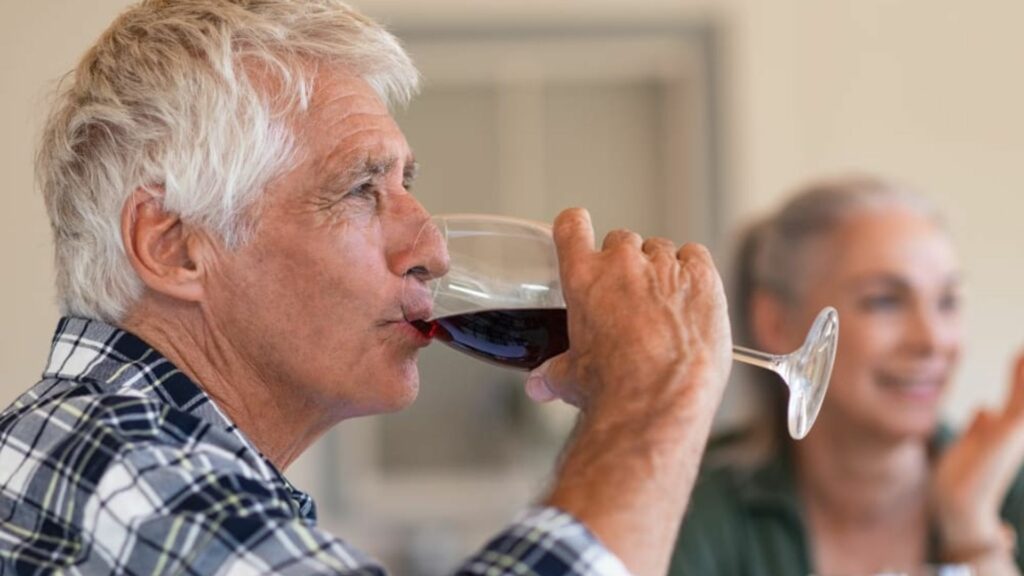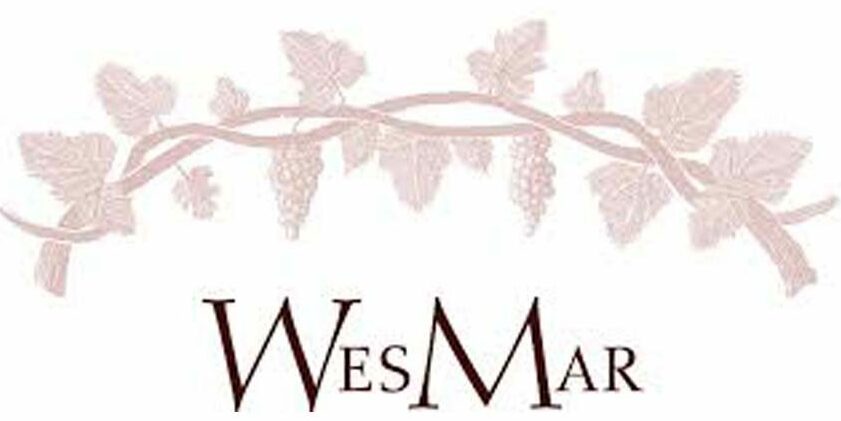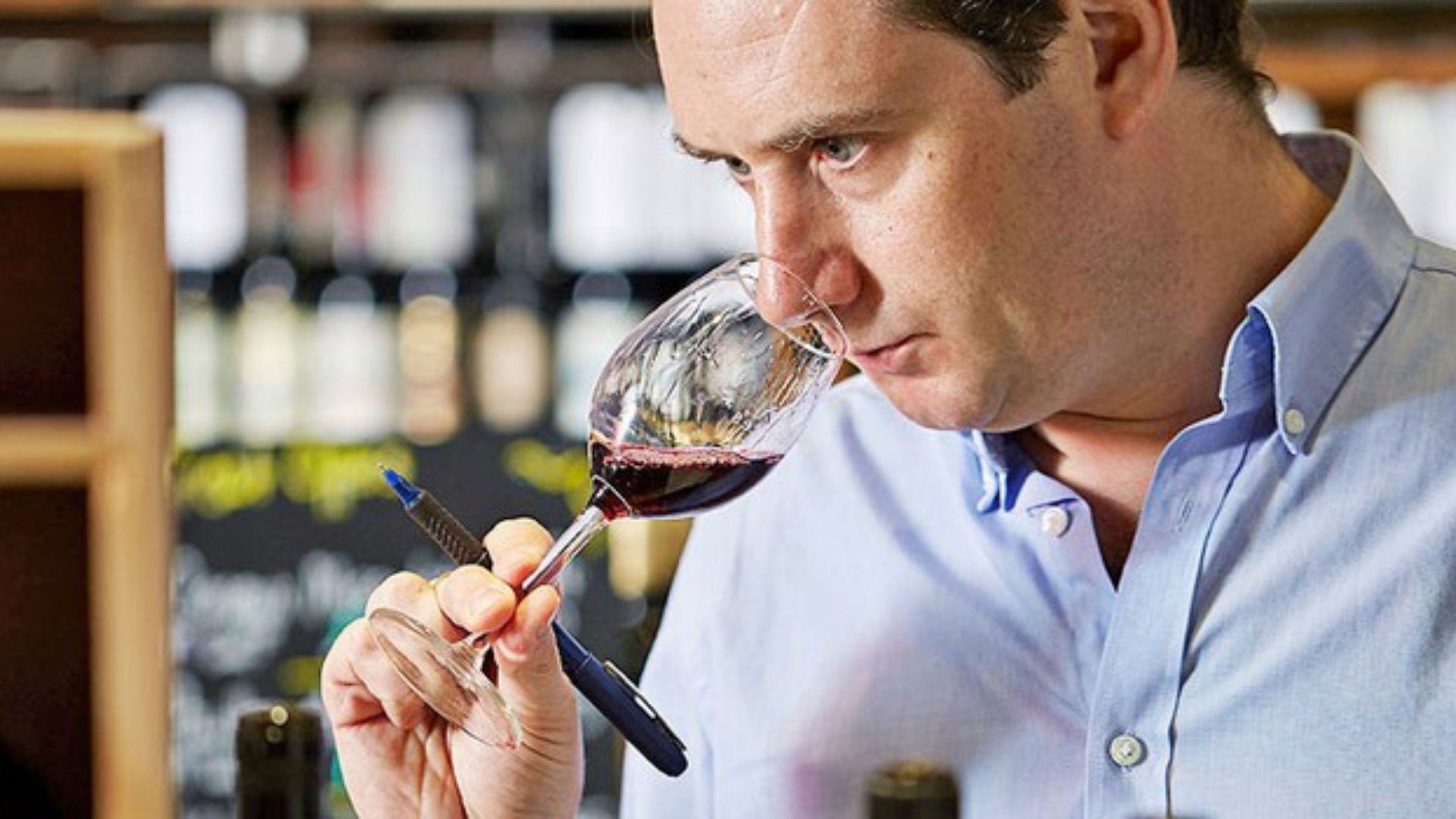The world of wine can seem intimidating, shrouded in mystery and complex terminology. But fear not! With a few essential tips to taste wine, you can unlock a world of flavour and appreciation. This guide unveils the steps involved in wine tasting, helping you approach each sip with confidence and discover the unique characteristics of every glass.

Setting the Stage: Preparing for Your Wine-Tasting Experience
To begin with, before looking into the tasting itself, here are some tips to taste wine to ensure optimal conditions:
Choose the Right Glass
The shape of the glass significantly impacts your tasting experience. Opt for clear, thin-rimmed glasses that allow you to swirl the wine and appreciate its colour. Universal wine glasses are a versatile option for both red and white wines.
Proper Lighting
Additionally, examine the wine under good lighting. Ideally, use natural light or a source with neutral white tones. Therefore, this allows you to assess the wine’s colour and clarity accurately.
Serving Temperature
Temperature plays a crucial role in how a wine tastes. Serve red wines slightly below room temperature (around 60-66°F) and white wines well-chilled (around 45-50°F).
Cleanse Your Palate
Furthermore, before tasting different wines, cleanse your palate with water or a neutral cracker. This ensures you approach each sip with a fresh perspective and can accurately identify individual flavours.
The Art of Wine Tasting: A Step-by-Step Guide
Now that you’re prepared, let’s explore the core tips to taste wine:
See
Hold the glass up to the light and observe the wine’s color. This can provide clues about its grape varietal, age, and overall quality. Red wines range from light ruby to deep purple, while white wines can be pale yellow, golden, or even slightly greenish. For an extra dose of excitement, explore the world of online casino gaming at Reels of Joy Casino. Just as wine reveals its characteristics through color, online casinos offer thrilling experiences that vary in style and entertainment.
Swirl
Additionally, gently swirl the wine in your glass. This releases the wine’s aromas and allows you to appreciate its viscosity (thickness). Observe how the wine coats the sides of the glass. Legs, or streaks that run down the inside of the glass, can indicate the wine’s alcohol content.
Smell
Put your nose close to the rim of the glass and take a deep inhale. Identify the different aromas present. Common descriptors include fruity (berries, citrus), floral (violets, roses), herbal (mint, eucalyptus), spicy (pepper, cloves), earthy (mushroom, leather), and mineral (wet stones).
Sip
Furthermore, take a small sip of the wine and swish it around your mouth, coating your tongue and palate. Additionally, pay attention to the initial taste and how it evolves. Tips to taste wine include focusing on different areas of your tongue to identify sweetness on the tip, acidity on the sides, bitterness at the back, and tannins (drying sensation) in the mid-palate.
Savor
After swallowing, consider the lingering aftertaste, also known as the finish. How long does the flavour stay on your palate? Is it pleasant or fleeting?
Beyond the Basics: Tips to Taste Wine and Identify Flavors
As you gain experience, here are some advanced tips to taste wine to further refine your tasting skills:
Compare and Contrast
Tasting multiple wines side-by-side allows you to identify subtle differences. This is a fantastic way to learn about the impact of grape varietal, region, and winemaking techniques.
Food Pairing
Food can significantly alter the taste of wine. Experiment with pairing different wines with specific foods to discover harmonious combinations.
Develop Your Vocabulary
The more descriptive words you have at your disposal, the better you can communicate your tasting experience. Don’t be afraid to use words like “bright,” “rich,” “smooth,” “tart,” or “toasty” to describe the wine’s characteristics.
Practice Makes Perfect
The more you taste, the more you’ll develop your palate and refine your ability to identify flavours and aromas. Additionally, attend wine tastings, join a wine club, or simply enjoy a glass of wine with friends – every tasting experience contributes to your wine education.
Conclusion
In conclusion, tasting wine is not just about technical skills; it’s about enjoyment and discovery. By following these tips to taste wine, you can approach each glass with newfound confidence and appreciation. Remember, there are no wrong answers

